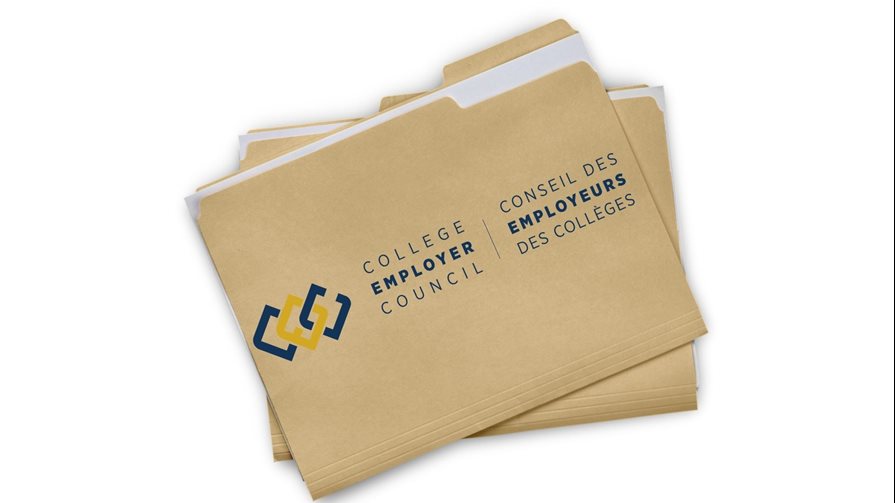College Staffing & Economic Viability

In a recent arbitration award, an Arbitrator considered whether the College violated the collective agreement because it had not replaced a retiring full-time professor by hiring another full-time professor in the same program.
Why is this case important?
This is the first decision in the College sector that considers the new language from 2014 that added ‘economic viability’ as one of the operational requirements that would relieve a College of its obligation to hire full-time teachers in preference over partial-load and sessional. It provides an excellent rationale supporting Colleges’ management right to direct their operations in the manner they consider appropriate. It does not permit the Union or an Arbitrator to substitute their own opinions on what steps a College should take to increase economic viability.
The Facts:
Lambton College’s three-year Child and Youth Care Program (“CYC”) has operated for many years at the College. The program operated with three full-time faculty, but after a faculty retirement in 2019, the College did not replace them with another full-time faculty. The Union subsequently filed a Grievance under Article 2 – a collective agreement article that says Colleges must show a preference for hiring full-time over partial-load teachers. While there was sufficient teaching available to trigger the preference language in Article 2 – the College argued that it was relieved of the obligation to give preference because of the operational requirement of economic viability.
The enrolment in the program had been steady at 49-60 first-year students for several years. In 2016, however, first-year enrollment started to decline, and enrolment was down to 31 students by 2021. The second and third years of the program also experienced declining numbers.
The College had taken steps to try and stop the enrolment loss and increase the program's viability, including assigning faculty time to find efficiencies, supporting accreditation efforts, providing additional marketing funds, and offering Dean’s office supports to faculty and students. Despite these efforts, the decline persisted.
The College’s Position:
Due to the declining enrollment, the College argued that adding another full-time faculty was not economically viable, an exception to the preference language in Article 2. A common expectation across the public College sector is that most programs contribute 30% of program revenue to the overhead expenses of the College. This provides the College with the revenue necessary to maintain land and buildings required to house their programs and to offer student services that are not connected specifically to any one program (e.g., tutoring, counselling, libraries, athletics, etc.). 30% is also the contribution rate expected by Ontario's Ministry of Colleges and Universities. The CYC contribution had declined to just 11% by 2021-22, and if the College hired a new full-time teacher, the program would have a net contribution of negative 13%.
The Union’s Position:
The Arbitrator outlined the Union’s position as “essentially that the College should do more before it can be permitted to rely on an exception specified in Article 2, and that the “more” is to assign faculty specific recruitment duties as part of their workload.” The Union also argued that the 2017 faculty strike and COVID-19 pandemic – which occurred alongside the decline in enrolment – were discrete and distinct events that should not be given meaningful weight.
The Decision:
The Arbitrator held that the onus was on the College to establish an operational requirement related to economic viability that justifies the College’s decision not to hire a full-time teacher. However, in doing so, the College doesn’t need to make herculean efforts to salvage a program or efforts beyond the norm for any program at the College. If the Arbitrator accepted the Union’s position that time on the SWF should be added for marketing endeavours, they would be substituting their own opinion about how the College should manage its operations which would be inconsistent with the limitations on the scope of arbitral review.
A College’s expectation that programs contribute to overhead was found to be a reasonable one, and the Arbitrator also accepted that the contribution requirement of 30% was justifiable.
The final point worth highlighting is that economic viability is a point in time consideration, and speculation about future recovery is not relevant. As many economic experts anticipate a recession on the horizon, it is prudent for Colleges to remember that this finding can go both ways and to be mindful that concerns that cannot be supported by evidence may not be considered.
Ultimately, the Arbitrator concluded that the College was not obligated to hire additional full-time faculty due to the operational requirement of economic viability. This decision is a firm reminder that College management has ultimate decision-making authority to run programs in a fiscally prudent and responsible manner, and arbitrators will not insert their own or others’ opinions on how decisions should be made.
